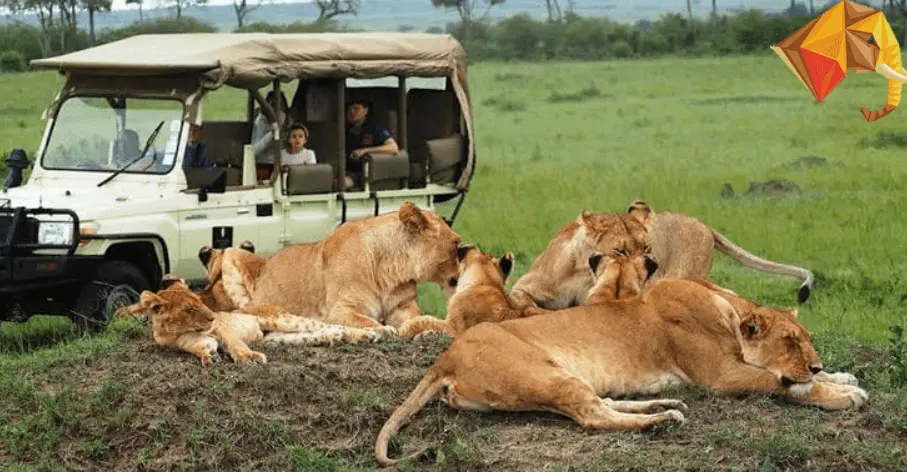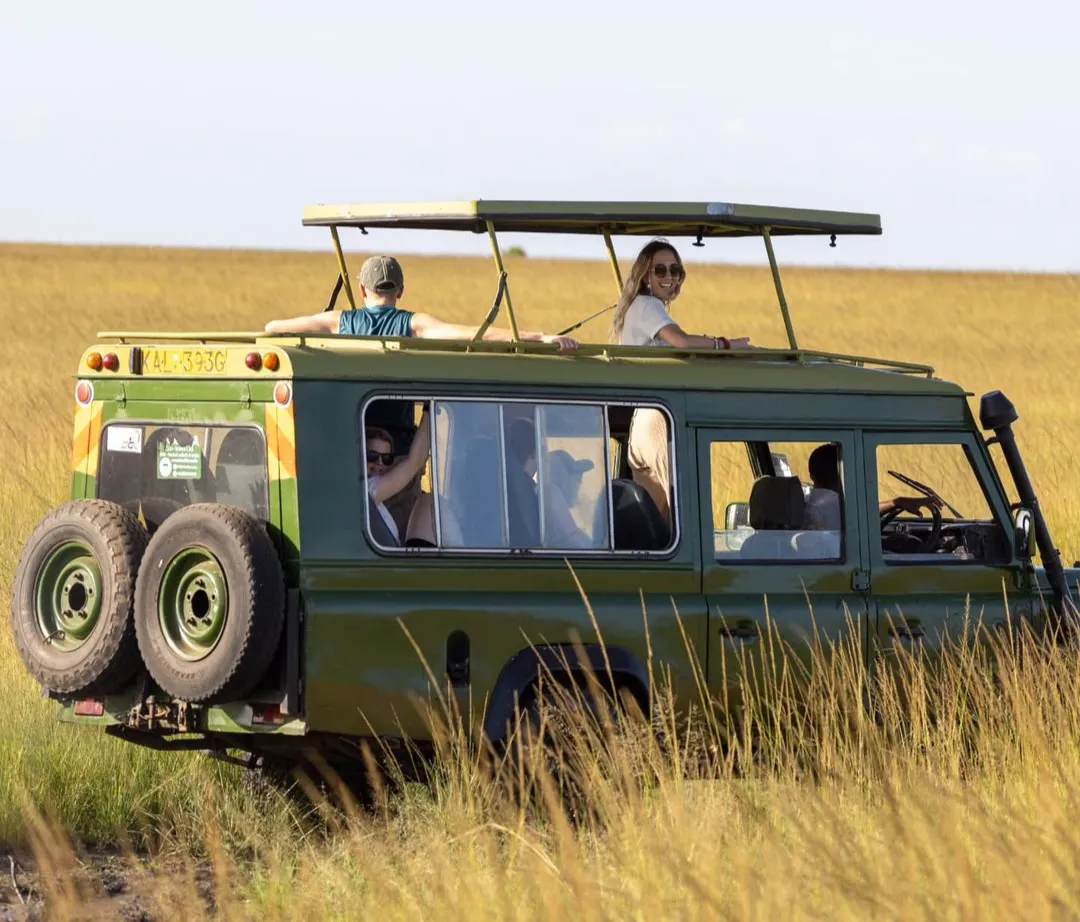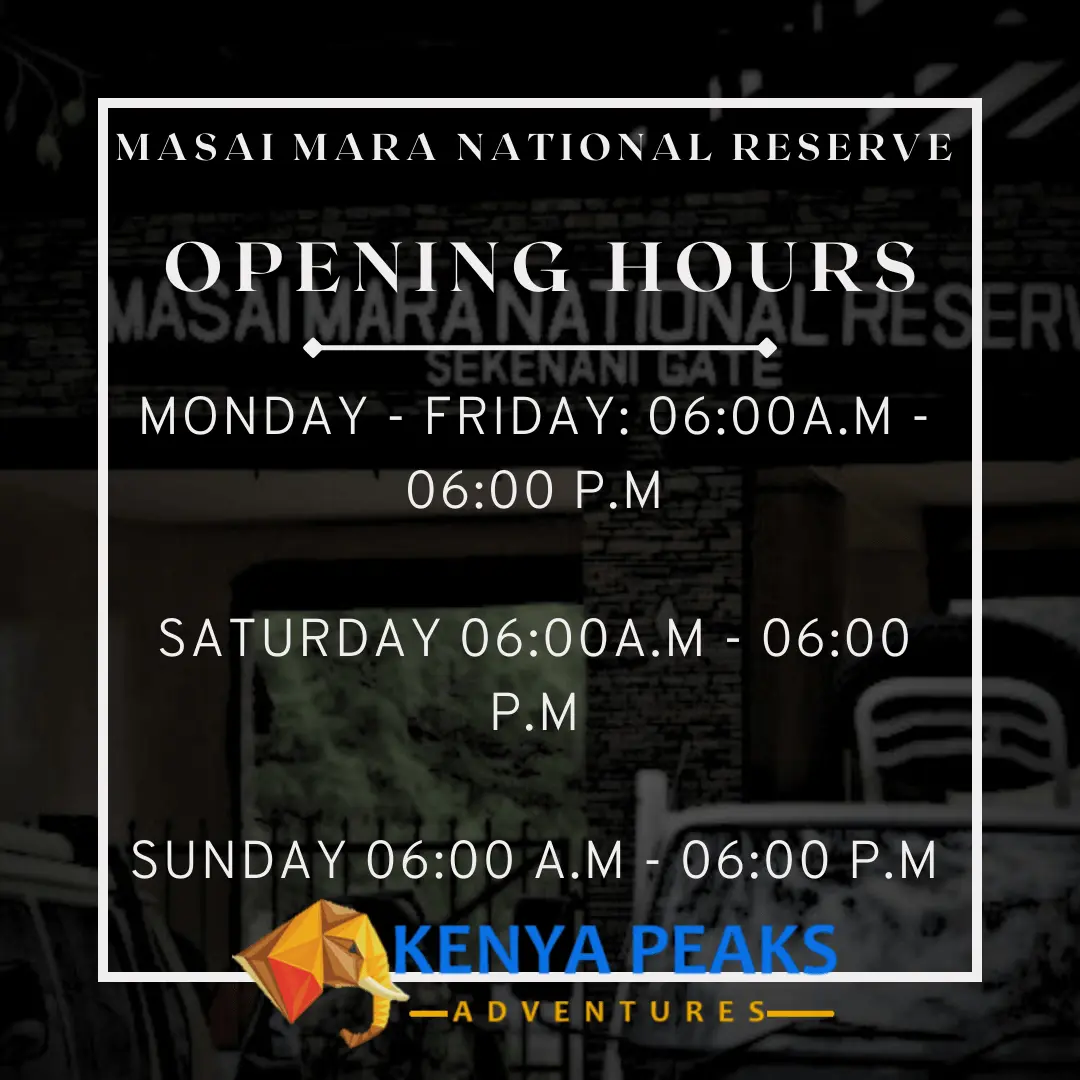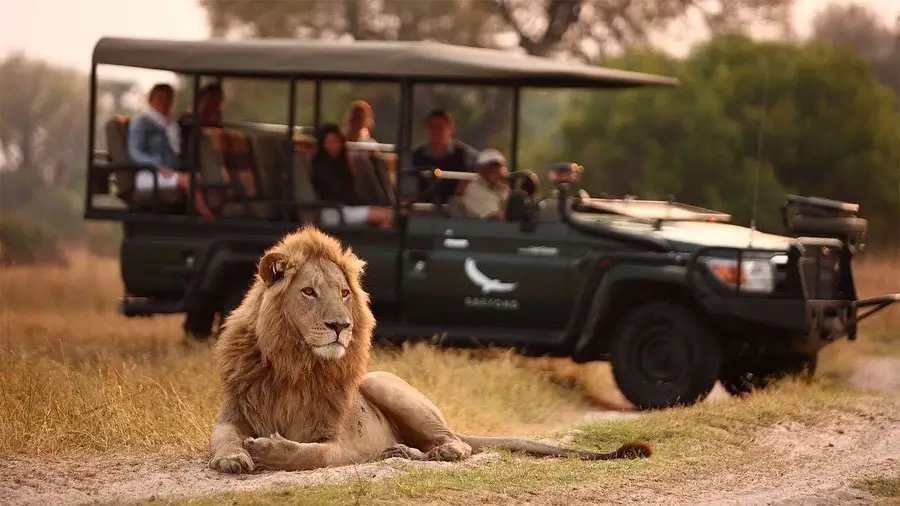
Masai Mara National Reserve is a national reserve in Kenya, located in Narok County, along the border with Tanzania.
The reserve covers an expansive area, renowned globally for
its spectacular wildlife and as the host of the annual Great Migration, one of
the most awe-inspiring natural events on the planet.
Masai Mara not only offers a habitat to the iconic Big Five
but also serves as a critical conservation area, balancing human interaction
and ecosystem preservation.
Best Time to Visit Masai Mara
Every day of the year is a perfect time to visit the Masai Mara National Reserve. Each time of the year has unique experiences, activities, and things to see at the reserve. We have handpicked popular times of the year and experiences at Masai Mara NR.
Dry Season for Wildlife Viewing

During the dry months of January and February, Masai Mara
National Reserve offers optimal conditions for wildlife safaris.
The cooler temperatures and scarce water sources cause
animals to gather around rivers and waterholes, making them easier to spot.
High Season - Favorable Weather and Visibility
The months of January, February, March, November, and
December are high season in Masai Mara, characterized by comfortable weather
that enhances both animal activity and visitor experience. This period
coincides with major holidays, attracting more tourists to the reserve.
Peak Season - The Great Migration

The peak season from July to October is the best time to
witness the Great Migration, a major annual event where over a million wildebeest,
zebra, and other species move through the reserve. River crossings,
particularly in July or early August, are dramatic highlights of this season.
Off-Peak Season - Fewer Crowds
April, May, and June are considered off-peak months due to
the long rains, which result in fewer visitors and more competitive rates at
accommodations. This time is ideal for those looking to enjoy the reserve
without the crowds.
Birdwatching Season at Masai Mara NR
From December through April, Masai Mara becomes a prime spot
for birdwatching. The presence of migratory birds during these months
significantly enriches the diversity of bird species observable in the reserve.
Entry Fees and Regulations for Masai Mara
Masai Mara entrance fee is charged per day at the main gates. The entrance fee for residents is different from that of non-residents as we have updated below.
Fees for Non-Residents
Adult foreign non-residents are charged $200 per person per
day to access Masai Mara National Reserve. For children and students, the fee
is reduced to $50 per person per day.
Fees for East African Residents
East African residents benefit from reduced rates, with
adults paying 4,500 KSH per person per day and children and students paying
2,000 KSH per person per day.
Fees for Kenyan Citizens
Kenyan citizens are charged 3,000 KSH per adult per day.
Children and students have a nominal fee of 1,000 KSH per day.
Special Rates for Narok County Residents
Residents of Narok County enjoy the lowest fees, with adults
paying 2,000 KSH per day. Children aged above 10 years pay 500 KSH per day, and
children below 10 years enter for free.
Vehicle Entry Charges
Vehicles are subject to fees based on their seating
capacity:
- Vehicles
with fewer than 6 seats pay 500 KSH per day.
- Vehicles
with 6-12 seats pay 1,000 KSH per day.
- Larger
vehicles incur higher charges accordingly.
Hot Air Balloon Safari Fees

The hot air balloon safaris, a popular attraction within the
reserve, cost $80 per adult and $35 per child.
Regulations
- The
reserve operates from 6 AM to 6 PM daily, adhering to a strict 12-hour
rule to ensure visitors do not stay beyond the allowed time.
- Night-time security measures require hiring two rangers at private campsites.
Wildlife and Safari Experiences
Diverse Wildlife Populations
The Masai Mara National Reserve is world-renowned for its
substantial wildlife populations, including the iconic Big Five: lions,
leopards, elephants, buffalo, and the more elusive rhinos.
While the Big Five draw the most attention, the reserve is
also home to a variety of other species such as cheetahs, hyenas, giraffes, and
numerous types of antelopes.
The Great Migration
A highlight for many visitors is the Great Migration, where
millions of wildebeest and zebras traverse the plains in a massive, moving
feast for predators.
This event typically peaks between July and October,
offering spectacular scenes especially during river crossings, where dramatic
encounters with crocodiles occur.
Birdwatching
Bird enthusiasts will find Masai Mara a veritable paradise
with over 470 bird species recorded, including raptors, vultures, and colorful
passerines.
The diversity is particularly rich during the wet seasons
when migratory birds arrive.
Guided Safari Tours
To maximize wildlife viewing, guided safari tours are
available and highly recommended. These tours are led by knowledgeable guides
who understand the behavior of animals and the terrain of the reserve. Morning,
afternoon, and full-day game drives offer different perspectives and
opportunities to see wildlife.
Night Safaris and Walking Tours
For a different experience, some camps offer night safaris
and walking tours, which allow visitors to encounter nocturnal animals and
learn about the smaller creatures and plants that contribute to the ecosystem's
diversity.
Conservation and Visitor Interaction
The reserve's management has implemented several measures to
ensure sustainable tourism practices.
Visitors are encouraged to respect the natural habitat and
minimize their impact. This includes adhering to designated paths, keeping a
safe distance from wildlife, and following the guidance of safari experts.
Photography Safaris
Photographers, from amateurs to professionals, can find
tailored safaris that provide the best vantage points and times of day for
capturing stunning wildlife shots.
These safaris often include expert tips on how to best use camera equipment in the field.


